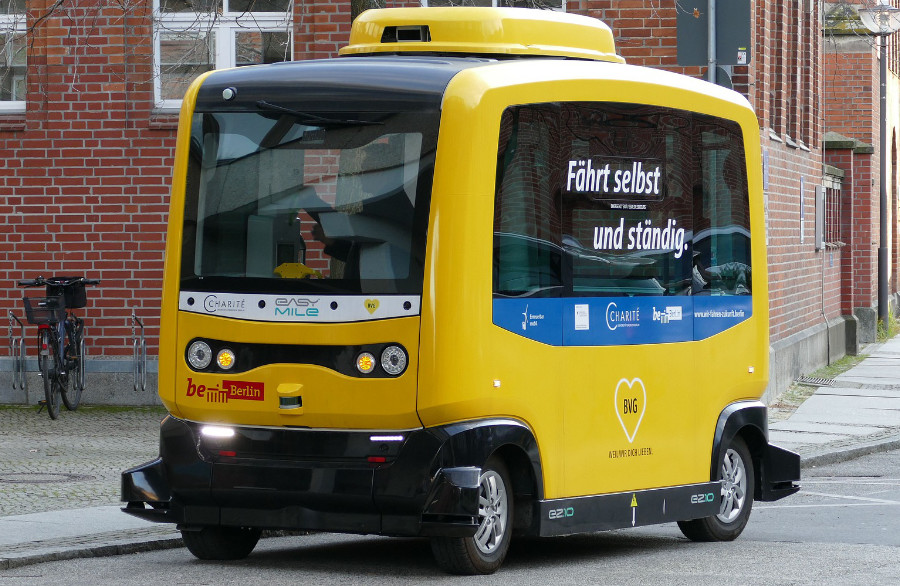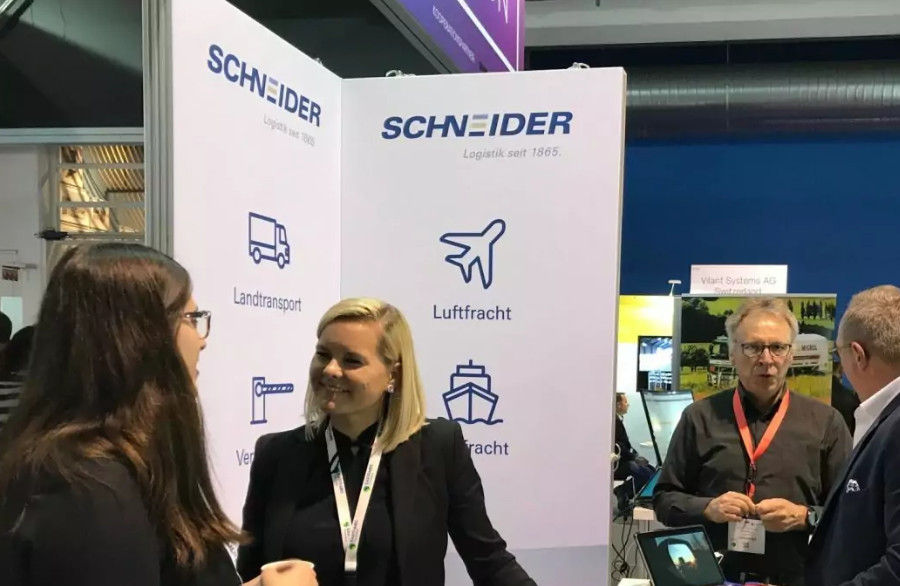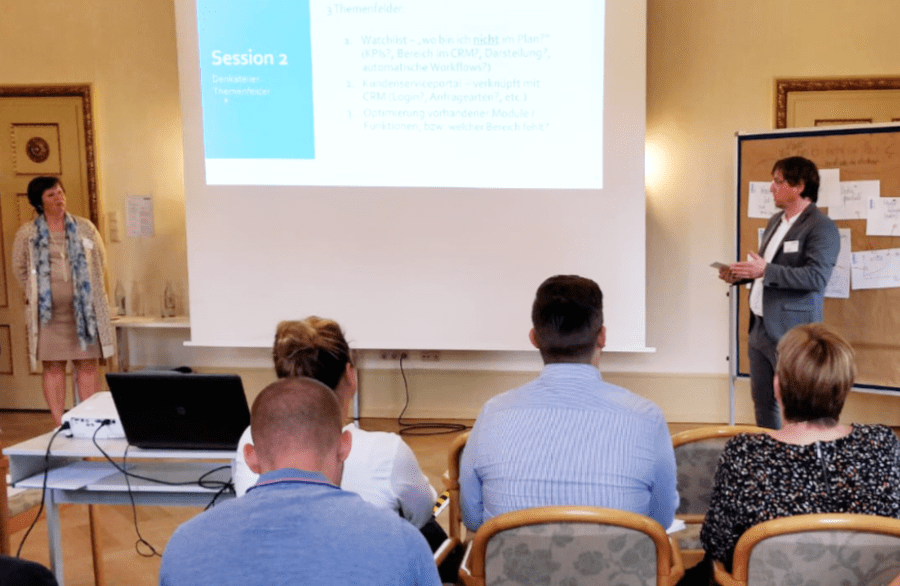It won’t all happen that quickly, I keep hearing.
Especially from representatives of the German automotive industry and its suppliers.
At all the logistics and IT congresses I attend, they’ve been talking about the technological developments for years and I too thought, “I wonder if I’ll live to see it?”
In June 2017, I attended the Austrian Logistics Day in Linz, as I do every year, and was looking forward to the gala evening with top-class presentations and the presentation of the Austrian Logistics Award. This event is always a highlight of the summer.
Is the last novice driver really born yet?
I was amused by the title of the keynote lecture: “The last driving licence newcomer is already born”.
But Mario Herger’s lecture shook me up. He uses photos to show how quickly change can happen.
New York 1900, 5th Avenue: many pedestrians, many horse-drawn carriages, one automobile.
10 years later, 1913, the same street in New York: many automobiles, one horse-drawn carriage, hardly any pedestrians.
And this at a time when technology, industrial production and mobility were still in their infancy. And in a time when hardly anyone had the means to afford a car.
How much faster does something like this have to go today?
And if you ask yourself how it can go so fast? Then you must not look to the traditional car manufacturers. Instead, you have to look at new companies entering the market. And, of course, established newcomers like Tesla.
All Tesla vehicles currently rolling off the assembly line already have all the technology for autonomous driving on board. Only a software update rolled out over the internet is needed to have tens of thousands of autonomous driving vehicles on the roads in one fell swoop. A somewhat scary vision – no, reality.
Of course, there are still a few hurdles to overcome, first and foremost people with their concerns, habits and fears. Then there are laws, regulations, etc. And there are certainly still some technical problems to be solved. A German car manufacturer said at the Austrian Logistics Congress that autonomous driving certainly works well in India and in Southern California, but that the weather in Germany and Austria is somewhat different. The autonomous vehicles still have massive problems with poor visibility, fog, snowfall, wet spray from the road. But I think it’s only a question of time and we have to prepare ourselves mentally for the fact that a lot will change on our roads.
And if it contributes to safety, that is certainly a great benefit.
But … what about the jobs? Taxi drivers, truck drivers, public transport? How will all this develop? We can be curious.
Here is more information on Mario Herger and a link to the lecture.
https://derletztefuehrerscheinneuling.com/author/mherger/

On 30 November, a meeting was held at the headquarters of the Landessparkasse zu Oldenburg the event „LzO-InfoMeeting– Future of mobility“ Mario Herger gave a similar lecture.
Here to watch on Youtube:












